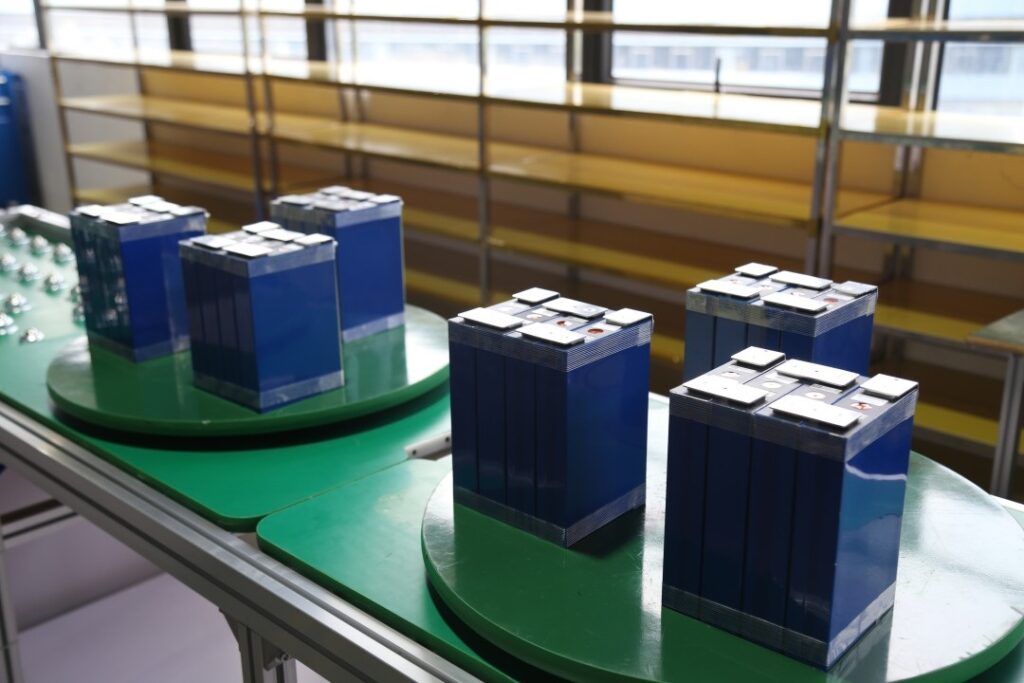The performance of lithium batteries is influenced by various factors, and understanding these factors is crucial for optimizing their performance, safety, and lifespan.
- Temperature:
- Lithium batteries are sensitive to temperature. High temperatures can accelerate degradation processes, reduce cycle life, and pose safety risks. Low temperatures can increase internal resistance and decrease the battery’s capacity temporarily.
- State of Charge (SOC):
- Operating the battery at extremely high or low states of charge for extended periods can impact performance and cycle life. It’s generally advisable to avoid keeping lithium batteries at full charge or fully discharged states.
- Depth of Discharge (DoD):
- The depth to which a lithium battery is discharged in each cycle can affect its cycle life. Shallower discharges generally contribute to longer battery life.
- Charge Rate:
- Charging a lithium battery too quickly can generate heat, potentially leading to thermal runaway. Manufacturers provide recommended charging rates, and following these guidelines is crucial for safety and performance.
- Overcharging and Overdischarging:
- Overcharging or overdischarging lithium batteries can lead to capacity loss, reduced cycle life, and safety hazards. Battery management systems (BMS) are often used to prevent overcharging and overdischarging.
- Cell Balancing:
- In multi-cell lithium battery packs, cell balancing helps ensure that individual cells within the pack have similar states of charge. Proper cell balancing contributes to overall pack efficiency and longevity.
- Cycling:
- Lithium batteries have a limited number of charge/discharge cycles. Continuous cycling, especially in extreme conditions, can lead to capacity fade over time.
- Chemistry:
- Different lithium battery chemistries, such as Lithium Cobalt Oxide (LiCoO2), Lithium Iron Phosphate (LiFePO4), and others, have distinct performance characteristics. Choosing the right chemistry depends on the specific application requirements.
- Quality of Manufacturing:
- The quality of manufacturing processes and materials used can significantly impact battery performance. High-quality manufacturing practices contribute to reliability and safety.
- Self-Discharge Rate:
- Lithium batteries generally have a low self-discharge rate, but it can still impact long-term storage. Monitoring and managing self-discharge are important for applications with infrequent use.
- Voltage Stability:
- Maintaining stable voltage during discharge is critical for the proper functioning of electronic devices and systems powered by lithium batteries.
- Environmental Conditions:
- Exposure to extreme environmental conditions, such as humidity, can affect the performance and safety of lithium batteries. Proper storage conditions are essential.
- Casing and Protection:
- The design and quality of the battery casing, as well as built-in protection mechanisms, are crucial for ensuring safety and preventing issues such as short circuits and thermal runaway.
Understanding and managing these factors through proper charging practices, monitoring, and adherence to manufacturer guidelines contribute to optimizing the performance and lifespan of lithium batteries. Additionally, advancements in battery technology and ongoing research may lead to improvements in performance characteristics.


